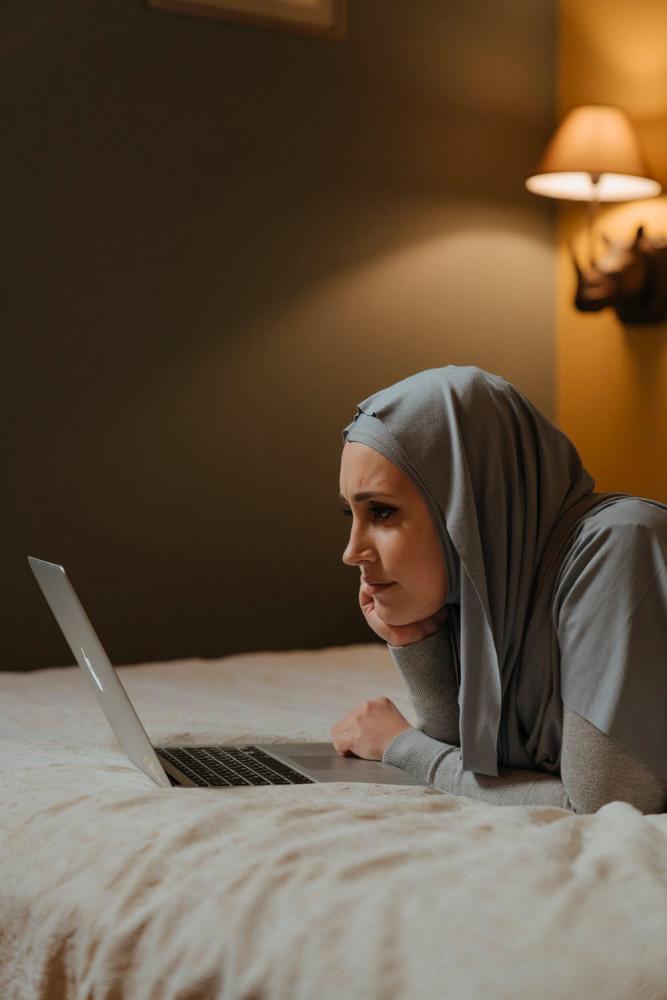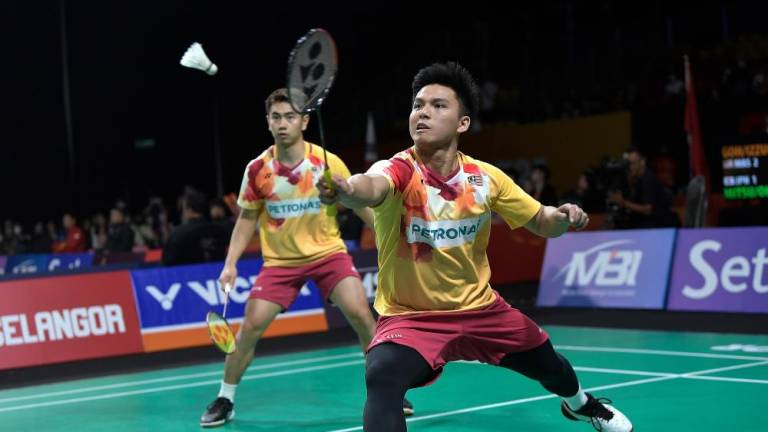Remote working is a nightmare for insecure or anxious employers. This is stemmed from the lack of trust on employees.
With the pandemic still raging on, more and more employers are seeking ways to monitor or spy on their employees.
According to BBC, Shibu Philip, the founder of Transcend, admitted to monitoring his employees with a software that takes screenshots.
He admitted that he knows what it’s like to “maybe waste a bit of time at work.”
His firm is a small London-based company that buys beauty products wholesale and resells them online.
He used a Hubstaff software to track his employees’ hours, keystrokes, mouse movements and websites visited.
With seven employees based in India, he says the software ensure some level of accountability.
He also proved it true that paranoid bosses are only paranoid because they have slacked off before.
"I know myself. [You can] take an extra 10-minute break here or there. It's good to have an automatic way of monitoring what [my employees] are up to," says Shibu.
"By looking at screenshots and how much time everyone is taking on certain tasks, I know if they're following procedures.
"And, if they're doing better than I expected, I also study the photos and ask them to share that knowledge with the rest of the team so we can all improve," he says.
Employees are also fully aware that the software is in use. However, they can delete time spent visiting websites that might have been accidentally logged during their break times.
A recent study by academics at Cardiff University and the University of Southampton found that the lockdown didn’t actually to have had much effect on output either way.
But the survey did suggest that a third of home workers felt that their productivity had fallen.
Another research by the Chartered Institute of Personnel and Development (CIPD) suggests that this way of monitoring employees can damage trust.
If employers feel the need to monitor employees, there should be clear policies so employees know how they’re being monitored and it must be proportionate. In other words, monitoring keystrokes is an irrelevant measure of input.
Most importantly, there should be clear guidance and safeguards in place to prevent misuse and over-monitoring.
Regardless, the question still remains. Should we use technology to monitor employees who might slack off or use it to help those who are struggling to work from home?













